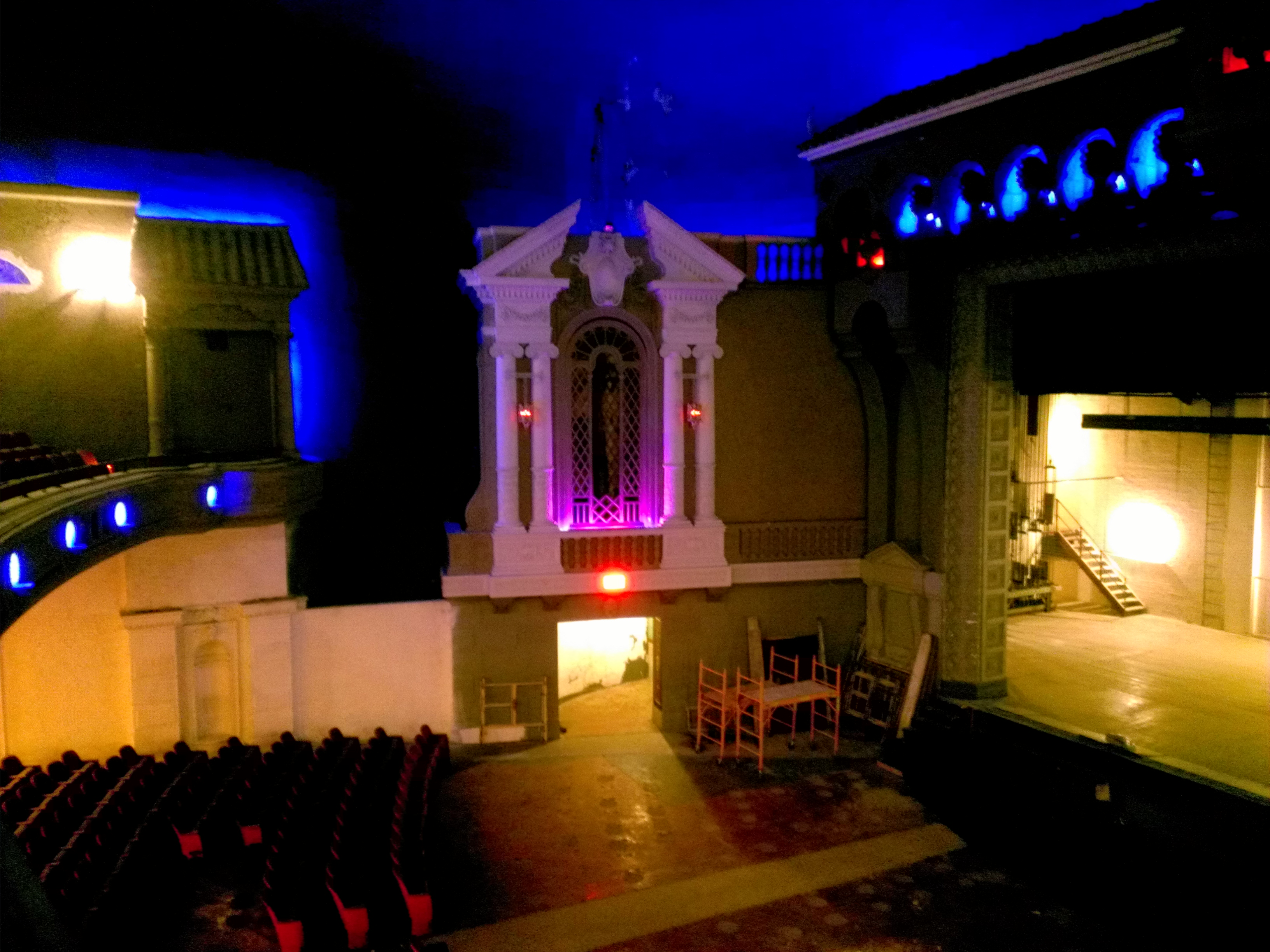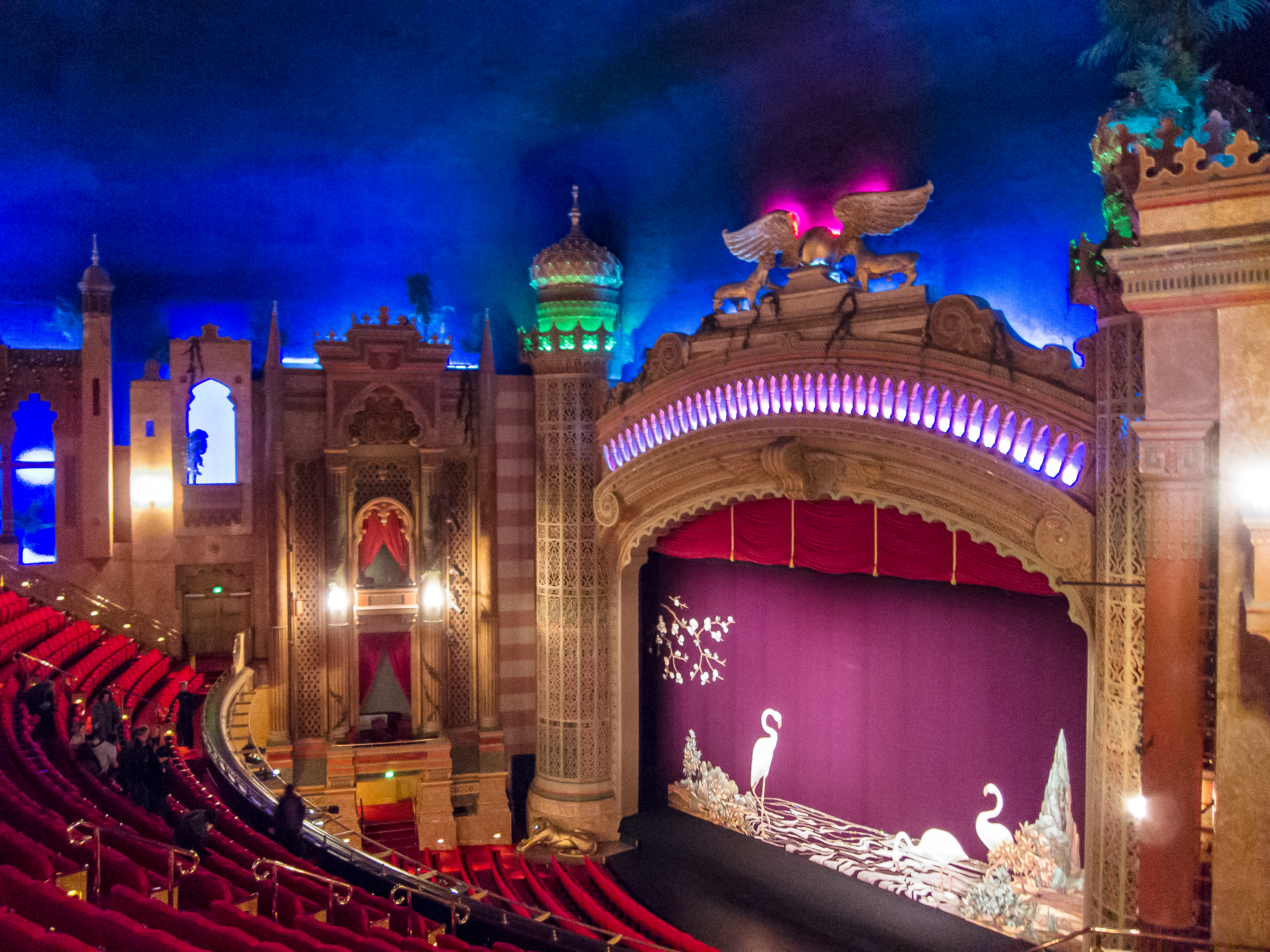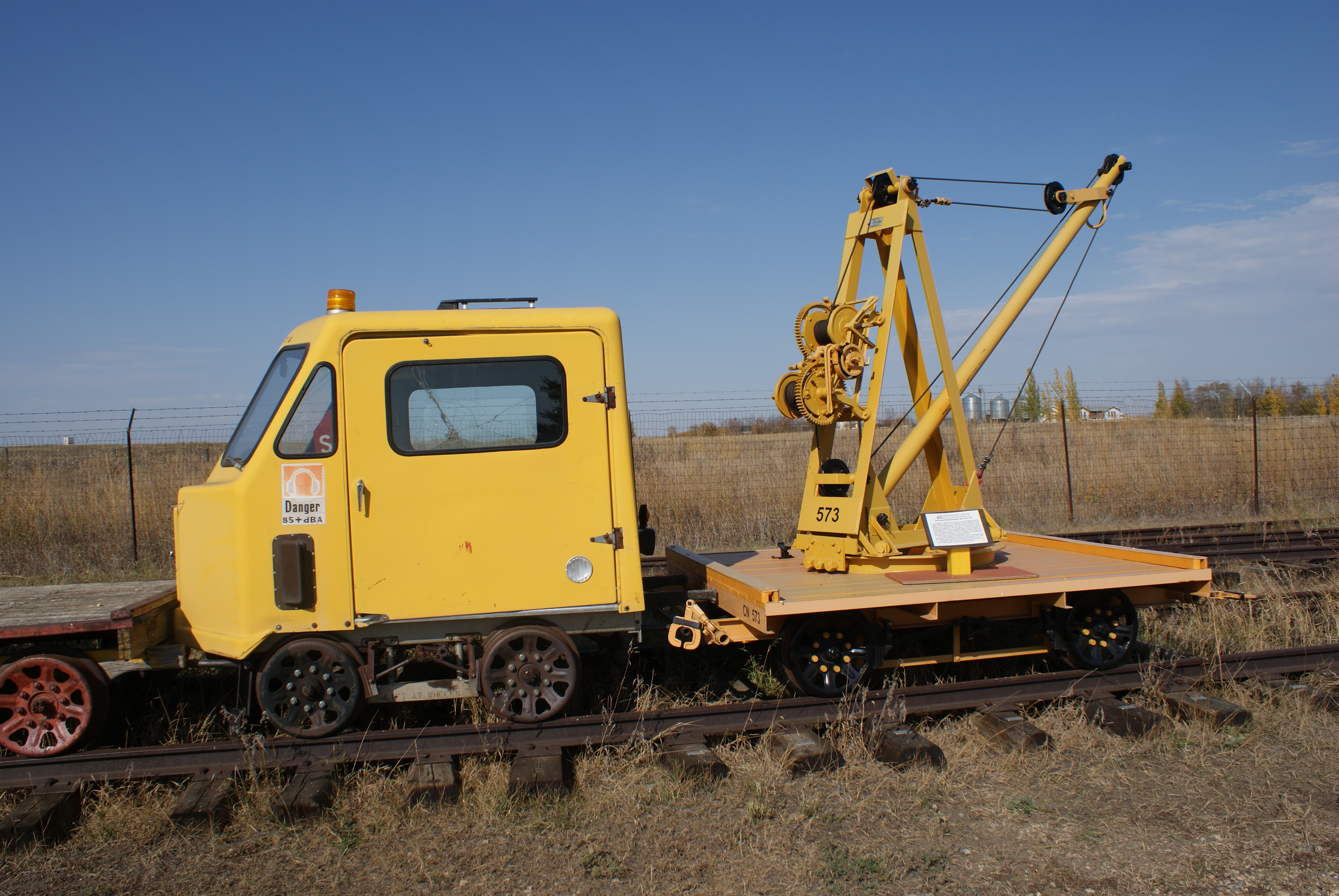|
Capitol Theatre Building (Flint, Michigan)
The Capitol Theatre Building is a cinema and concert venue located at 140 E. 2nd St. in Flint, Michigan. Designed by John Eberson, it is an atmospheric theater designed to look like a Roman garden. The Capitol Theatre opened in 1928, and operated as a cinema and live performance venue until 1996. The theatre was listed on the National Register of Historic Places in 1985. After its closure in 1996, the Capitol Theatre lay dormant for 20 years, before reopening in 2017 as a live performance venue, managed by the Flint Institute of Music. History In 1923, the Flint Building Corporation purchased the lot on which the Capitol Theatre Building sits, for the purpose of constructing a combined theatre and commercial block. In 1924, Col. Walter S. Butterfield announced plans for the construction of a theatre. The Flint Building Corporation met with Butterfield, then reorganized as the Capitol Building Company, with Butterfield as president. Litigation delayed the start of construction, h ... [...More Info...] [...Related Items...] OR: [Wikipedia] [Google] [Baidu] |
Flint, Michigan
Flint is the largest city and seat of Genesee County, Michigan, United States. Located along the Flint River, northwest of Detroit, it is a principal city within the region known as Mid Michigan. At the 2020 census, Flint had a population of 81,252, making it the twelfth largest city in Michigan. The Flint metropolitan area is located entirely within Genesee County. It is the fourth largest metropolitan area in Michigan with a population of 406,892 in 2020. The city was incorporated in 1855. Flint was founded as a village by fur trader Jacob Smith in 1819 and became a major lumbering area on the historic Saginaw Trail during the 19th century. From the late 19th century to the mid 20th century, the city was a leading manufacturer of carriages and later automobiles, earning it the nickname "Vehicle City". General Motors (GM) was founded in Flint in 1908, and the city grew into an automobile manufacturing powerhouse for GM's Buick and Chevrolet divisions, especially after Wo ... [...More Info...] [...Related Items...] OR: [Wikipedia] [Google] [Baidu] |
John Eberson
John Adolph Emil Eberson (January 2, 1875 – March 5, 1954) was an Austrian-American architect best known for the development and promotion of movie palace designs in the atmospheric theatre style. He designed over 500 theatres in his lifetime, earning the nickname "Opera House John". His most notable surviving theatres in the United States include the Tampa Theatre (1926), Palace Theatre (1928), Majestic Theatre (1929), Akron Civic Theatre (1929) and Paramount Theatre (1929). Remaining international examples in the atmospheric style include both the Capitol Theatre (1928) and State Theatre (1929) in Sydney, Australia, The Forum (1929, Melbourne, Australia) and Le Grand Rex (1932, Paris, France). Life and career John Adolf Emil Eberson was born in Czernowitz, Bukovina, Austria-Hungary, now south western Ukraine, on January 2, 1875. He was the son of Sigfried and Lora (Schmidt) Eberson. He attended high school in Dresden, Saxony and studied electrical engineering at the Univer ... [...More Info...] [...Related Items...] OR: [Wikipedia] [Google] [Baidu] |
Atmospheric Theatre
An atmospheric theatre is a type of movie palace design which was popular in the late 1920s. Atmospheric theatres were designed and decorated to evoke the feeling of a particular time and place for patrons, through the use of projectors, architectural elements and ornamentation that evoked a sense of being outdoors. This was intended to make the patron a more active participant in the setting. The most successful promoter of the style was John Eberson. He credited the Hoblitzelle Majestic Theatre (Houston, 1923) as the first. Before the end of the 1920s he designed around 100 atmospheric theatres in the U.S. and a few other countries, personally selecting the furnishings and art objects. His most notable surviving theatres in the United States include the Tampa Theatre (1926), Palace Theatre (1928), Majestic Theatre (1929), Paramount Theatre (1929), and the Loew's Theatre (1929). Remaining international examples include The Civic Theatre (1929, Auckland, New Zealand), Th ... [...More Info...] [...Related Items...] OR: [Wikipedia] [Google] [Baidu] |
National Register Of Historic Places Listings In Michigan
This is a list of properties on the National Register of Historic Places in the U.S. state of Michigan. __NOTOC__ Current listings by county Alcona County Alger County Allegan County Alpena County Antrim County Arenac County Baraga County Barry County Bay County Benzie County Listings Formerly Located in Benzie County The following listing was located in Benzie County at the time it was placed on the Register, but has since moved to Manistee County. Berrien County Branch County Calhoun County Cass County Charlevoix County Cheboygan County Chippewa County Clare County Clinton County Crawford County Delta County Dickinson County Eaton County Emmet County Genesee County Gladwin County There are no sites listed on the National Register of Historic Places in Gladwin County. Gogebic County Grand Traverse County Grat ... [...More Info...] [...Related Items...] OR: [Wikipedia] [Google] [Baidu] |
A Current Photo Of The Capitol Theatre Flint MI
A, or a, is the first letter and the first vowel of the Latin alphabet, used in the modern English alphabet, the alphabets of other western European languages and others worldwide. Its name in English is ''a'' (pronounced ), plural ''aes''. It is similar in shape to the Ancient Greek letter alpha, from which it derives. The uppercase version consists of the two slanting sides of a triangle, crossed in the middle by a horizontal bar. The lowercase version can be written in two forms: the double-storey a and single-storey ɑ. The latter is commonly used in handwriting and fonts based on it, especially fonts intended to be read by children, and is also found in italic type. In English grammar, " a", and its variant " an", are indefinite articles. History The earliest certain ancestor of "A" is aleph (also written 'aleph), the first letter of the Phoenician alphabet, which consisted entirely of consonants (for that reason, it is also called an abjad to distinguish it fr ... [...More Info...] [...Related Items...] OR: [Wikipedia] [Google] [Baidu] |
Walter Scott Butterfield
Walter Scott "Colonel W. S." Butterfield (April 25, 1867 – April 23, 1936) was an American vaudeville promoter and theater manager. His business, W. S. Butterfield Theatres, operated over 100 theatres at its peak, with locations throughout the Lower Peninsula of Michigan. Early life Walter Scott Butterfield was born in Connersville, Indiana in 1867. His family moved to Columbus, Ohio when he was a child, for his father to take a job at the Ohio State Journal. Butterfield intended to start a career in the newspaper business, but instead began working at theaters in Columbus. Personal life Butterfield married Maria Louise Mills in 1891, with whom he had a daughter, Mitties Louise Butterfield. In 1903, Butterfield met Caroline Kelley McCord, a performer in the "Buster Brown" show that he was promoting. They married that year, and had four daughters: Caroline Hamilton Butterfield, Laura McCord Butterfield, Julia Scott Butterfield, and Helen Butterfield. The couple divorced i ... [...More Info...] [...Related Items...] OR: [Wikipedia] [Google] [Baidu] |
Kalamazoo, Michigan
Kalamazoo ( ) is a city in the southwest region of the U.S. state of Michigan. It is the county seat of Kalamazoo County. At the 2010 census, Kalamazoo had a population of 74,262. Kalamazoo is the major city of the Kalamazoo-Portage Metropolitan Statistical Area, which had a population of 335,340 in 2015. Kalamazoo is equidistant from Chicago and Detroit, being about 140 miles (225 kilometers) away from both. One of Kalamazoo's most notable features is the Kalamazoo Mall, an outdoor pedestrian shopping mall. The city created the mall in 1959 by closing part of Burdick Street to auto traffic, although two of the mall's four blocks have been reopened to auto traffic since 1999. Kalamazoo is home to Western Michigan University, a large public university, Kalamazoo College, a private liberal arts college, and Kalamazoo Valley Community College, a two-year community college. Name origin Originally known as Bronson (after founder Titus Bronson) in the township of Arcadia, the ... [...More Info...] [...Related Items...] OR: [Wikipedia] [Google] [Baidu] |
Bartola Musical Instrument Company
The Bartola Musical Instrument Company of Oshkosh, Wisconsin, USA, was a producer of theater pipe organs during the age of silent movies. History The company was founded in 1918 by Dan Barton, who was from Amherst, Wisconsin. The sixth largest builder of theater instruments in the nation, Bartola focused almost exclusively on the Midwest market. Barton later recalled, "We decided to work only a limited territory so we could give prompt service to all our installations. his territory includedWisconsin, Illinois, Michigan, Iowa, Indiana and Ohio. No installation was more than an overnight sleeper ride from Chicago." For this reason, the instruments were almost unknown outside of this relatively small area until later years, long after manufacture had ceased, when many were moved from their original homes into venues around the United States. The company built about 250 theater organs from 1918 to 1931. Barton's first successful experiment in producing equipment to accomp ... [...More Info...] [...Related Items...] OR: [Wikipedia] [Google] [Baidu] |
Manual (music)
A manual is a musical keyboard designed to be played with the hands, on an instrument such as a pipe organ, harpsichord, clavichord, electronic organ, melodica, or synthesizer. The term "manual" is used with regard to any hand keyboard on these instruments to distinguish it from the pedalboard, which is a keyboard that the organist plays with their feet. It is proper to use "manual" rather than "keyboard", then, when referring to the hand keyboards on any instrument that has a pedalboard. Music written to be played only on the manuals (instead of using the pedals) can be designated by manualiter (first attested in 1511, but particularly common in the 17th and 18th centuries). Overview Organs and synthesizers can, and usually do, have more than one manual; most home instruments have two manuals, while most larger organs have two or three. Elaborate pipe organs and theater organs can have four or more manuals. The manuals are set into the organ console (or "keydesk"). The ... [...More Info...] [...Related Items...] OR: [Wikipedia] [Google] [Baidu] |
Pipe Organ
The pipe organ is a musical instrument that produces sound by driving pressurized air (called ''wind'') through the organ pipes selected from a keyboard. Because each pipe produces a single pitch, the pipes are provided in sets called ''ranks'', each of which has a common timbre and volume throughout the keyboard compass (music), compass. Most organs have many ranks of pipes of differing timbre, pitch, and volume that the player can employ singly or in combination through the use of controls called organ stop, stops. A pipe organ has one or more keyboards (called ''Manual (music), manuals'') played by the hands, and a pedal keyboard, pedal clavier played by the feet; each keyboard controls its own division, or group of stops. The keyboard(s), pedalboard, and stops are housed in the organ's Organ console, ''console''. The organ's continuous supply of wind allows it to sustain notes for as long as the corresponding keys are pressed, unlike the piano and harpsichord whose sound be ... [...More Info...] [...Related Items...] OR: [Wikipedia] [Google] [Baidu] |
Flint Institute Of Music
The Flint Institute of Music, also called the FIM, is located in the Flint Cultural Center in Flint, Michigan. It is ranked as the 8th largest community music school in the United States. The FIM is made up of The Flint Symphony Orchestra, Flint School of Performing Arts and Flint Repertory Theatre; as well as the Whiting Auditorium and Capitol Theatre. The Flint Institute of Music offers lessons, classes, ensembles, and camps for all levels for ages 3 years to adults. Students perform in the dance and performance ensembles such as Flint Youth Symphony Orchestra, Flint Youth Ballet Ensemble, Flint Youth Theatre, Dort Honors Quartet, Imrpov Squad, among several others. The Flint Symphony Orchestra, under the direction of Conductor Enrique Diemecke, performs a full season of classical concerts as well as free Music in the Park concerts at Genesee area parks in the Summer season. Additionally, the FIM sponsors the Holiday Pops concert every holiday season, featuring the Flint Sympho ... [...More Info...] [...Related Items...] OR: [Wikipedia] [Google] [Baidu] |
Terra Cotta
Terracotta, terra cotta, or terra-cotta (; ; ), in its material sense as an earthenware substrate, is a clay-based unglazed or glazed ceramic where the fired body is porous. In applied art, craft, construction, and architecture, terracotta is the term normally used for sculpture made in earthenware and also for various practical uses, including vessels (notably flower pots), water and waste water pipes, roofing tiles, bricks, and surface embellishment in building construction. The term is also used to refer to the natural brownish orange color of most terracotta. In archaeology and art history, "terracotta" is often used to describe objects such as figurines not made on a potter's wheel. Vessels and other objects that are or might be made on a wheel from the same material are called earthenware pottery; the choice of term depends on the type of object rather than the material or firing technique. Unglazed pieces, and those made for building construction and industry, ar ... [...More Info...] [...Related Items...] OR: [Wikipedia] [Google] [Baidu] |




.jpg)

.jpg)